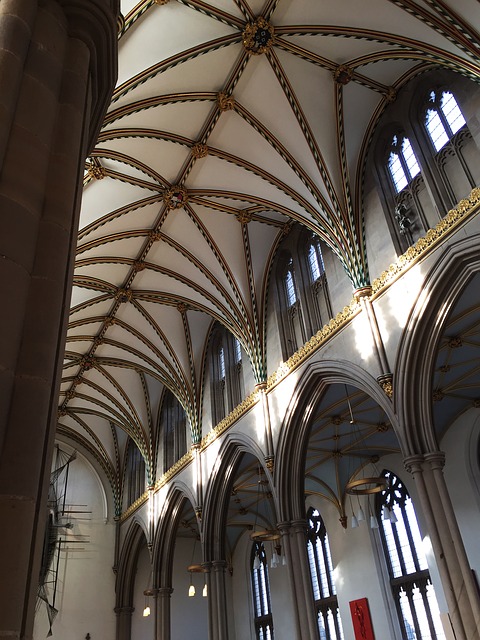By Tim Lambert
Early Blackburn
In the Middle Ages Lancashire was a poor area with few towns. At that time Blackburn was just a village. However, in the 16th century, Blackburn grew into a small market town. As well as weekly markets it also had annual fairs (in those days fairs were like markets but they were held only once a year and people came from all over Lancashire to attend a Blackburn fair). From 1514 Blackburn also had a grammar school.
Then from the late 18th century with the Industrial Revolution and the growth of the cotton industry, Blackburn mushroomed. By the time of the first census in 1801, Blackburn had a population of about 11,000. It would not seem large to us but by the standards of the time, Blackburn was an important town.
Blackburn in the 19th Century
As Blackburn grew a huge number of houses were built. They would seem horrid to us but poor people had always lived in small, crowded houses. A typical house in the late 19th century had 4 rooms, 2 bedrooms upstairs and downstairs a combined kitchen and living room at the front, and a scullery at the back. Working-class houses did not have bathrooms and toilets were sometimes shared with neighbors.
However, amenities did improve in Blackburn during the 19th century. From 1803 a body of men called Improvement Commissioners had powers to pave and clean the streets of Blackburn and from 1819 the streets were lit by gas.
In 1851 Blackburn was incorporated (given a corporation and mayor) and from the late 1850s, the council created a network of sewers. In 1857 a cemetery opened in Blackburn. The same year Corporation Park opened. Queens Park was laid out in 1885. Meanwhile, the railway reached Blackburn in 1846, and in 1881 horse-drawn trams began running in the streets of Blackburn.
In the 19th century, cotton dominated Blackburn the majority of the workforce was employed in mills (although there was also an engineering industry in the town). Many of the people who worked in mills were women and children (because they were cheap).
However, the cotton industry in Blackburn was severely disrupted by the First World War (1914-1918) and went into a steep decline.
Modern Blackburn
The 1930s were years of mass unemployment in Blackburn and many mills closed for good. Nevertheless cotton remained a major industry in the town between the wars. Meanwhile, many council houses were built in Blackburn, and amenities in the town improved.
In 1926 Blackburn became a diocese and the Church of St Mary was made a cathedral.
During the Second World War Blackburn escaped serious bomb damage. Afterward cotton continued to decline. The population of Blackburn also fell despite many Indian and Pakistani people settling in the town. It reached a low of 101,000 in 1971. Fortunately, the engineering industry expanded, and in the 1960s and 1970s, Blackburn town centre was redeveloped. The Mall, Blackburn opened in 1967.

In 2023 the population of Blackburn was 105,000.